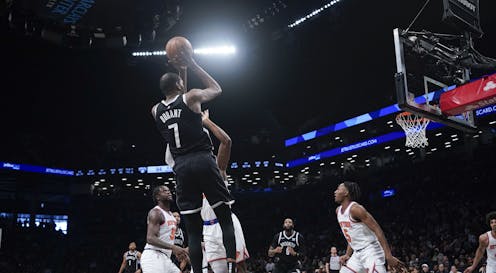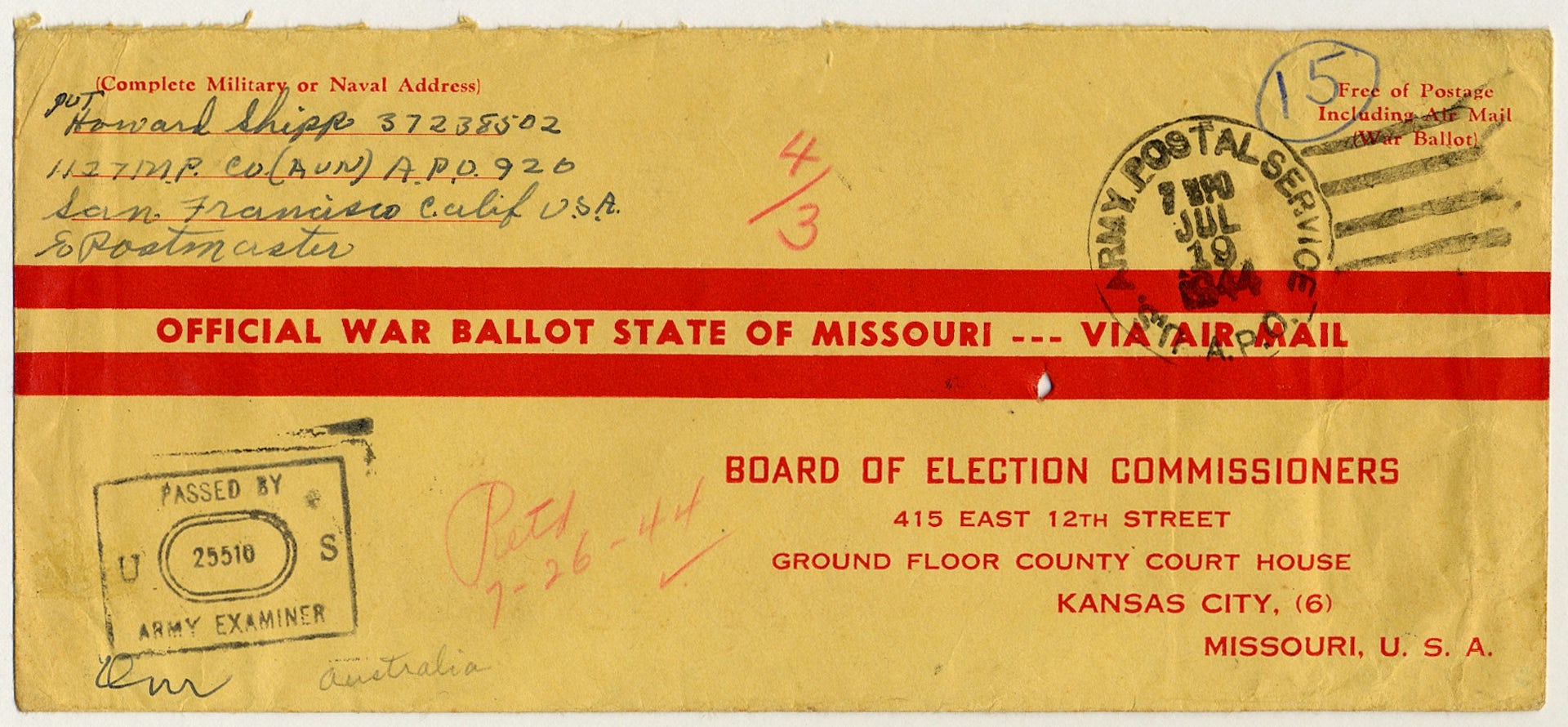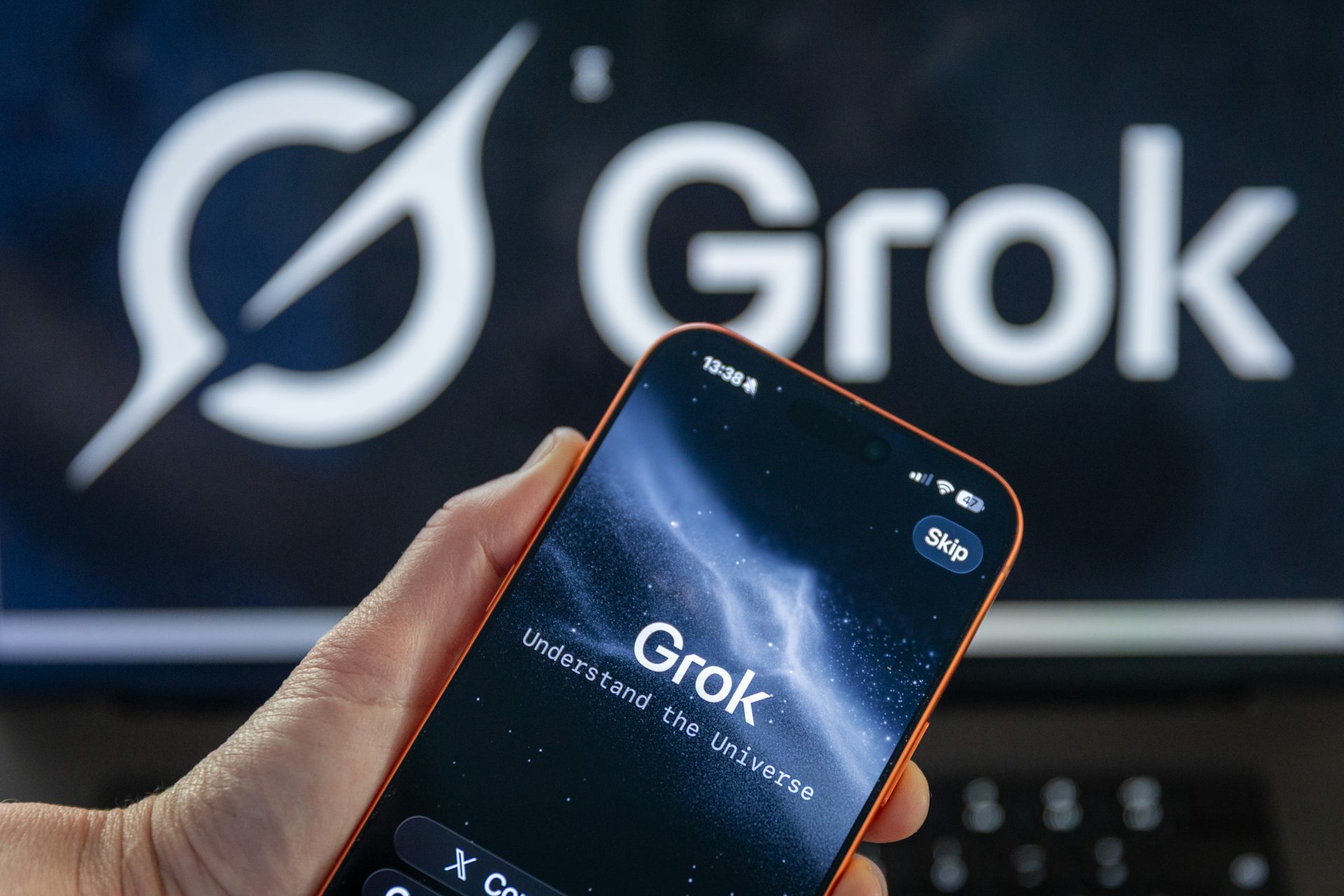The 'hot hand' is a real basketball phenomenon – but only some players have the ability to go on the
A study shows that a select group of NBA players really do go on hot streaks by making more shots in a row than statistics suggest they should.

March Madness is here, and basketball fans are making predictions: Who will be the Cinderella story of the college tournament? Which teams will make a run to the Final Four? And of course, which player is going to get “hot” and carry their team to a championship?
To say a player is “hot” or has “hot hands” means the player is on a streak of making many consecutive shots. A question that has dogged researchers, coaches and fans for years is whether players on these streaks can defy random chance, or if hot hands are just an illusion and fit within statistical norms.
We are two researchers who study information sciences and operations and decision technologies. In our recent study, we examined whether players can indeed get hot in actual live-game situations. Our analysis showed that some players do get consistently “hot” during games and make more shots than expected following two shots made consecutively. However, when we looked at all players together, we found that usually when a player makes more shots than normal after making consecutive shots, they are likely to revert toward the shooting average by missing the next one. Hot hands do exist, but they are rare.
The science of going on a streak
Fans have always believed in the ability of players to go on a hot streak – as reflected in video games like NBA Jam where the virtual ball would catch fire if a player made multiple shots in a row. But academics have been skeptical of the idea ever since a 1985 study concluded that what people perceive as hot hands is nothing more than the human brain’s tendency to misunderstand chance and averages.
This changed in 2017 when a seminal paper showed that the original study – and the later ones based on it – suffered from small but significant selection bias that threw off the statistical calculations. Basically, the way the team chose which shots to look at when searching for streaks or a hot hand threw the math itself off. When researchers accounted for this bias, the hot hand turned out to be real.
The vast majority of studies on hot streaks in basketball have focused on either free throws, three-point contests or controlled field experiments. We wanted to test the theory in actual competitive games and used data from the 2013-14 and 2014-15 NBA seasons. But in actual game situations, shots are not identical. To control for this, we developed a model that predicts how often a shot will go in based on a number of different factors. These included who the shooter was, the distance from the basket, the type of shot, the distance from the closest defender, who the closest defender was, whether the shot was assisted and other considerations. It is only thanks to the modern, data-driven era of sports that we could even do such an analysis.
Using this model, we were able to simulate any shot by flipping a figurative coin that represents the probability any particular shot will go in. We could then quantify the hot hand effect by comparing the real world field goal percentage of a player after they were on a streak with the expected percentage obtained through simulating the same shots in our model.
For example, imagine that in the real world a player made 55% of shots after making the two shots before. But our model only predicted he would hit 46% of shots after making the two shots before. If this difference between the model prediction and the real world is statistically significant over time, then it is good evidence that the player can get hot and go on streaks.
Who has the hot hand?
Our analysis looked at 153 players who took at least 1,000 shots during the 2013-14 and 2014-15 NBA seasons. We examined shots taken after two, three and four consecutively made shots.
When looking at the shots from all the qualified players, we found that if a person made the two shots prior, their chance of making the next shot was 1.9% percentage lower than the model predicted – their make rate would regress to the mean.
However, when we looked at players individually, the hot hand emerged for a sizable set of players. Specifically, there were 30 players who exhibited a statistically significant higher field goal percentage on a shot following two makes compared to their expected field goal percentage. Of the players who demonstrated the ability to go on hot streaks, the average hot hand effect led to a 2.71% increase in the chance of making a third shot in a row.
For streaks of three and four consecutively made shots, the hot hand effect was even higher – 4.42% on average and 5.81% on average, respectively.
Why do some people get hot?
It’s important to note that having a hot hand does not mean any player can suddenly make baskets from anywhere on the court. For example, Tim Duncan, Roy Hibbert and Marcin Gortat all showed the ability to go on hot streaks, but these are all centers who do not typically take shots far from the basket. Their hot hands increased their shooting percentages of close-range shots. This led us to the hypothesis that part of the hot hand effect may come from what is called the explore and exploit approach, which refers to a short period of exploring different approaches to solving a problem followed by a period of exploiting the best approach found. For basketball, this would look like a player finding a mismatch during a game – perhaps a shorter player defending them than normal – and exploiting it by taking more of a certain type of shot. Research has also suggested that the explore and exploit approach is connected to streaks of success in artistic and scientific careers.
While this hypothesis is plausible, it may not be the only factor accounting for hot streaks. Could short-term neuroplasticity – the ability of a player’s brain to quickly adapt to conditions in a game – be a cause? What about focus and mental preparation? Whatever the reason, our study provides strong evidence that supports the existence of hot hands. For coaches and players in the NBA or in this year’s NCAA March Madness, it might be a good strategy to follow the old cliche: “Go with the hot hand.”
[The Conversation’s science, health and technology editors pick their favorite stories. Weekly on Wednesdays.]
The authors do not work for, consult, own shares in or receive funding from any company or organization that would benefit from this article, and have disclosed no relevant affiliations beyond their academic appointment.
Read These Next
The 6-7 craze offered a brief window into the hidden world of children
From Pig Latin to Punch Buggy, kids have long used nonsensical language, gestures and games to carve…
Why the Pittsburgh Post-Gazette’s closure exposes a growing threat to democracy
When reputable local news outlets close, fewer people vote and get involved in local politics, and misinformation,…
Americans have had their mail-in ballots counted after Election Day for generations − a Supreme Cour
29 states allow mail-in ballots postmarked by Election Day to be counted days after an election. A case…






